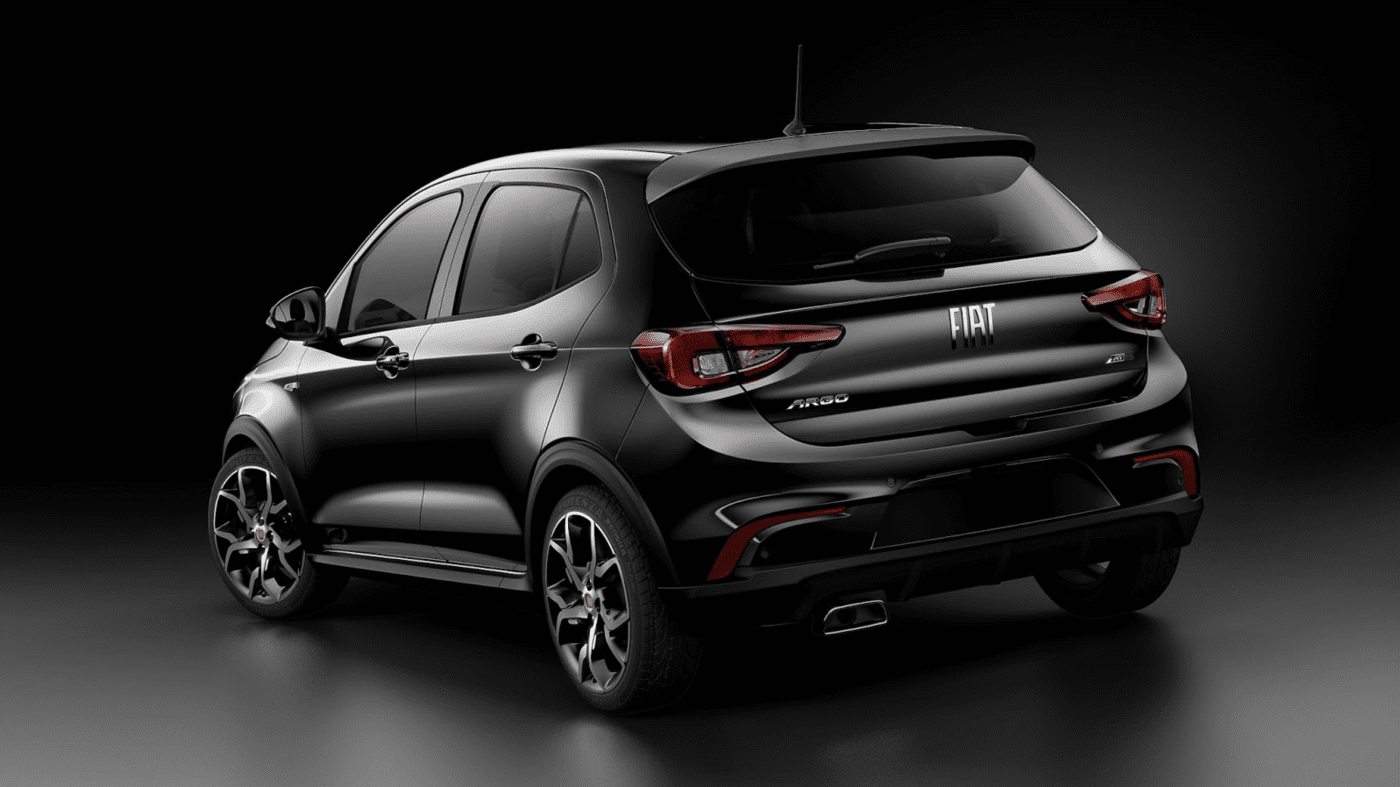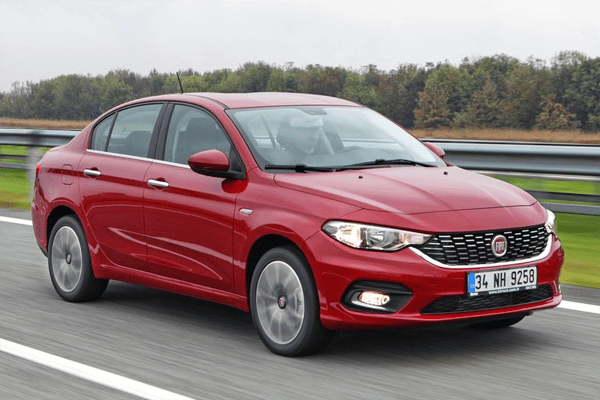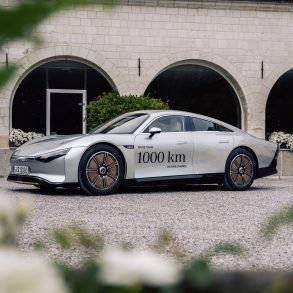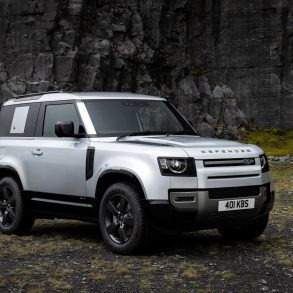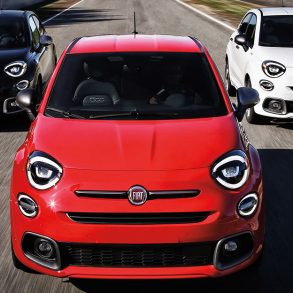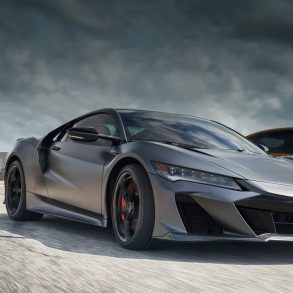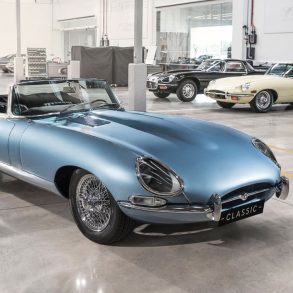Today first pictures emerged of the new Fiat Argo, a model designed by Fiat’s Brazil division and intended to replace models based on the 12-year-old Punto in the Latin America market. However, it’s the prospect of the model being sold globally that is truly intriguing.
Wait, the Punto is still around?
Yes, it is, though it is no secret that it is way past its sell-by date – it came to market in 2005, and is now off the pace in most areas compared to its competitors. What’s surprising is that FCA let the model last this long without a replacement, especially given the impact this has had on the model’s sales: in 2016 it sold just 62.654 units, compared to 401.625 in 2006. So it’s clearly high time for a new model, but is the Argo the right car for the job?
So far little is known about the model, beyond the first (unofficial) pictures which show a moderately attractive, if rather conservative model. What is striking about the car is the similarity to the Fiat Tipo, the compact model Fiat began selling worldwide in 2016, and it’s the Tipo that holds the key to understanding Fiat’s possible plan with the Argo.
Tell me more about the Tipo
The new Tipo has been a quiet success for Fiat worldwide – its global sales in 2016 were around 150.000, of which 60.000 were in Europe and an additional 38.000 in Turkey (where it’s produced and is the overall best seller) as the Fiat Egea. While this may not seem like that much, it is important to note that the model is still being rolled out in new markets (also as the Dodge Neon in markets like Mexico and the Middle East), and its sales in March’17 in Europe were its best yet at over 15.000 units. At this pace, the Tipo may sell over 150.000 in Europe alone in 2017, which would be higher than its Bravo predecessor (which barely broke 90.000 in 2008, its best year) and close to the 175.000 units the model before that, Stilo, sold in 2002, its best year.
What makes the Tipo different to Fiat’s compact models that came before it is that it was designed purposely with global sales in mind, with stronger emphasis on simplicity, value and spaciousness, rather than an outright pursuit of matching the VW Golf and Ford Focus in style, sophistication and dynamism. In a way, the Tipo put the Fiat brand in Europe in a good market position: below Skoda, which in recent years moved more upmarket both in terms of quality and price, but above Dacia.
So, what does this mean for the Argo?
If Fiat decides to sell the Argo globally, it will be because it believes the model can successfully follow in the footsteps of its larger brother. Some may view this move with disappointment, given that the Punto was once a stylish model that mixed it with the class best in Europe, and the Argo is designed to have the broadest possible appeal globally by being the least objectionable, rather than by having any particular standout features. In fact, I doubt the Argo will ever be able to come close to Punto’s past success: the first generation sold 581.070 in 1997, the second sold 550.639 in 2002, while the third still sold over 400.000 in 2006. But if the Argo can bring in over 100.000 sales in a year in Europe, it may be a reasonable money-maker for Fiat given its presumed low cost of production and R&D budget that is spread across all global markets. Whether that’s the kind of carmaker Fiat wants to be in Europe is a different topic that deserves its own discussion…


